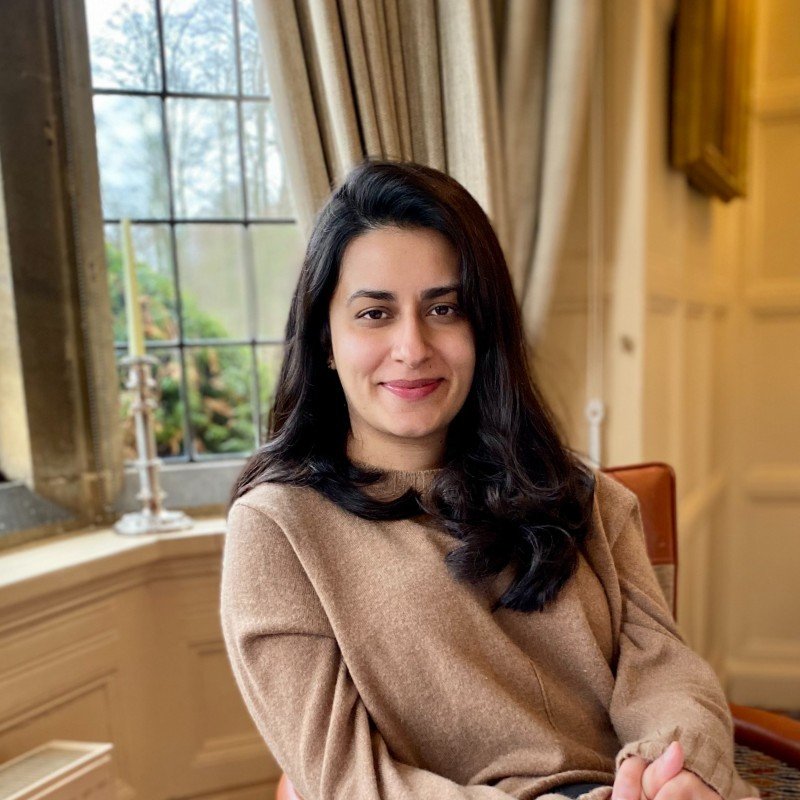On 4 November 2025, the High Court in London delivered judgment in Getty Images (US) Inc & Ors v Stability AI Ltd.
The dispute centred on Getty Images’ claims that Stability AI’s generative model, Stable Diffusion, had unlawfully used its copyrighted material and trade marks.
The judgment delivered mixed outcomes:
The model is trained on large datasets, including images sourced from platforms such as Getty Images and iStock, processed to capture contextual and visual attributes.
The technical architecture relies on neural networks that iteratively refine image outputs, though the final model does not retain the original training files.
With the rapid evolution of artificial intelligence and its intersection with intellectual property, this case has become a major reference point for every AI Law Firm advising clients on data training, copyright compliance, and ethical deployment of generative models.
In summary, the High Court concluded that Getty Images achieved only a narrow and largely historic victory on trade mark infringement, limited to certain legacy uses and specific marks, while all claims of secondary copyright infringement failed, reflecting the stringent statutory requirements and the limits of traditional copyright in the context of artificial intelligence.
The judgment significantly narrows potential legal exposure for AI developers who distribute models trained outside the UK and employ effective technical controls.
Creators and rights holders, meanwhile, must contend with a higher bar for both copyright and trade mark enforcement, with practical remedies likely to be limited to specific and well-evidenced outputs. Future claimants may need to marshal detailed empirical evidence of actual market confusion and economic impact, not just laboratory simulations.
The UK High Court’s approach contrasts sharply with the more expansive treatment of similar issues in US courts. Parallel US proceedings against Stability AI are ongoing, with Getty seeking to bring findings of fact from the UK judgment before the Northern District of California.
Notably, US courts may weigh evidence of dataset composition, acts of copying, and retention practices differently, potentially leading to divergent legal outcomes. The Bartz v. Anthropic litigation is illustrative in this regard: there, the existence or retention of training data drove settlement discussions and broader legal scrutiny.
As these legal frameworks evolve, experienced technology law firm and lawyers are likely to play a crucial role in interpreting judicial boundaries, helping innovators and creators navigate the growing complexities of AI regulation and intellectual property protection.
Authors: Shantanu Mukherjee, Alan Baiju

























My relationship with Ronin Legal and Shantanu has advanced exponentially in a very positive direction in a very short time. The Ronin team is zealous in their partnership with us to advance the mission of our small start-up to become a world leader in neuroscience development. Ronin has taken the lead with review of our legal and technical documents and contracts. They are subject matter experts in general counsel services across our global environment. It is a pleasure to work with a team that is pragmatic and responsive in all circumstances. They are second to none.

Executive Director, Clinical Development, Engrail Therapeutics
Shantanu and the team at Ronin have been invaluable partners for our investment firm’s expansion into co-development of specialty pharmaceutical drugs. As we made the transition from more traditional VC investing to direct drug development collaborations, the team at Ronin have utilized their deep domain expertise in cross border pharma to help us set up an effective and compliant structure for our project. I would highly recommend Ronin to any organization in the life sciences space that is looking for legal partners with in depth understanding of the various nuances of this dynamic sector.

Managing Director, Spektar Therapeutics
I’ve been very happy with Ronin’s ability to ramp resources up or down depending on what we require in a particular week or month. In addition, the ability to connect with multiple lawyers across jurisdictions quickly (US, UK, UAE, Singapore), help us to assess international law firms and then work with them to get the best legal advice is very appreciated.

Chief Business Officer, Ultrahuman
Shantanu and the Ronin team have been very pragmatic and responsive business partners, working with Konfer – an agentic genAI product for confident continuous compliance to Regulations. They analysed the state of AI regulation in various countries, and reviewed the EU AI Act and other relevant AI legislation offerings of our product. The team’s ability to align complex legal information to product offerings has been invaluable to us. Ronin Legal has negotiated our business contracts for partnerships. They’re solution-oriented and cost-effective, and I would highly recommend Ronin Legal to startups and tech companies everywhere, and especially those building AI powered businesses.

CEO, Founder, Konfer.AI.
I have worked with the Shantanu, and his team, for a number of years during which time his insight and acumen have helped us greatly in the negotiation of a number of pharmaceutical licensing agreements and in the formation of new subsidiaries. I thoroughly recommend Ronin Legal to anyone seeking advice and guidance in pharmaceutical deal making.

Chairman, Altus Group of Companies
Shantanu and team Ronin were meticulous, detailed, persevering and most importantly batting entirely for our side through our seed round fundraise and beyond. They were always approachable, available and balancing principle with pragmatism. I would highly recommend the team for any startup related legal matter.

Founder, 26 Décor
First of all, of behalf of SIIX Corporation, we wish to congratulate you & team on the launch of your new website!
We are very happy to be engaged with you & your professional team on our business venture in India and on establishing our JV initiatives. With your expertise, integrity, and commitment to providing trusted legal guidance, we truly believe to achieve our goals and successfully complete our JV partnership and, to expand our business in India with your support.

Managing Director, SiiX India Private Limited
Ronin Legal has become an integral part of our deal process. Their solution-oriented mindset, combined with consistently high-quality work and exceptional responsiveness, makes contract negotiations smoother and more efficient. They truly understand our business needs

Working with Shantanu and Ronin Legal has been truly transformative for my startup. From our very first meeting, Shantanu stood out with his approachable manner and deep commitment to understanding my business. He consistently showed genuine interest and empathy, always providing clear, practical advice that’s perfectly tailored to our needs.
What truly sets Shantanu and Ronin Legal apart is their unique blend of legal expertise and a true partnership mindset. They deeply understands the challenges of building a startup, cutting through jargon to give advice that’s actually useful and helping us avoid costly mistakes without any pressure. It feels less like a traditional client relationship and more like having a dedicated co-pilot invested in our journey. They have become an invaluable ally, that we trust and depend on.

Founder & CEO, OrgDesignWays Consulting
I cannot speak highly enough about the exceptional service provided by Ronin Legal. Their team made what could’ve been a complicated and stressful IP process feel smooth and manageable. From the outset, their team demonstrated a deep understanding of intellectual property law, offering not only expert legal guidance but also a strategic mindset advising on protection of our brand in various regions. They were responsive, thorough, and truly acted as partners in safeguarding our IP assets. Their attention to detail, clarity in communication, and professionalism gave us complete confidence throughout the process thus far. I wouldn’t trust anyone else with our intellectual property.

The Wrong Gym
Copyright © 2025 | Ronin Legal | Website Maintained by LawStrings Management | Privacy Policy | Cookie Policy | Terms of Use